- HOME
- Search in the site
- Akasaka Post Town Museum / Yoramaikan Rest Stop / Ohashiya Inn
Toyokawa-City Akasaka Post Town Museum / Yoramaikan Rest Stop / Ohashiya Inn
A post town along the Old Tokaido Road still telling its story
Akasaka Post Town was the 36th of the 53 post towns, or stops for rest and shopping, along the Tokaido Road from Edo. The route acted as thoroughfare from the two capitals of ancient Japan, Edo (present-day Tokyo) and Kyoto, and saw a myriad of different walks of life traversing their ways to and fro. At first, Akasaka Post Town and neighboring Goyu Post Town are said to have been treated as one stop. Later, the route to Kyoto went from Fuji River, passing Akasaka and going to Goyu while the route to Edo went from the Yoshida area, passing Goyu and connecting to Akasaka.
















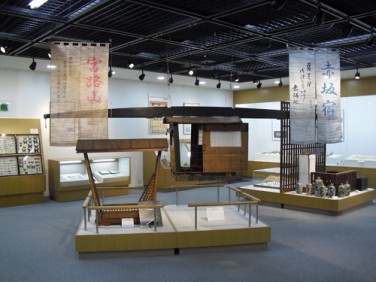
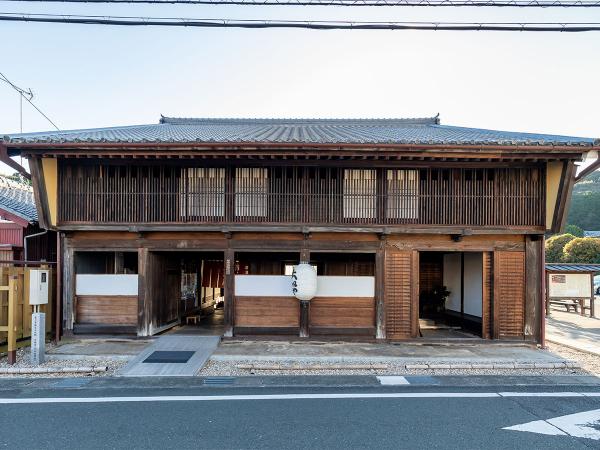
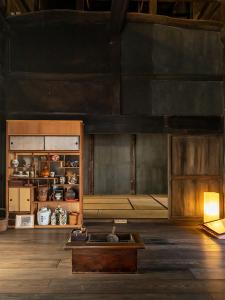
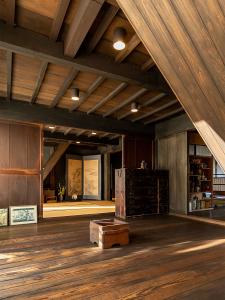
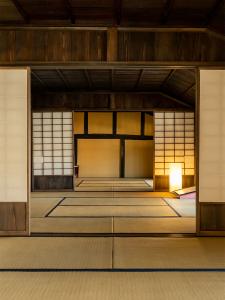
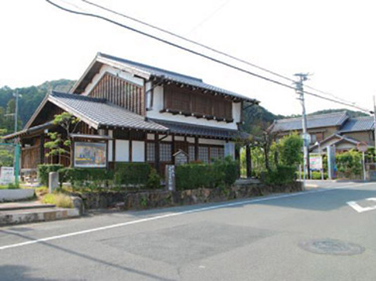


 Keyword
Keyword









